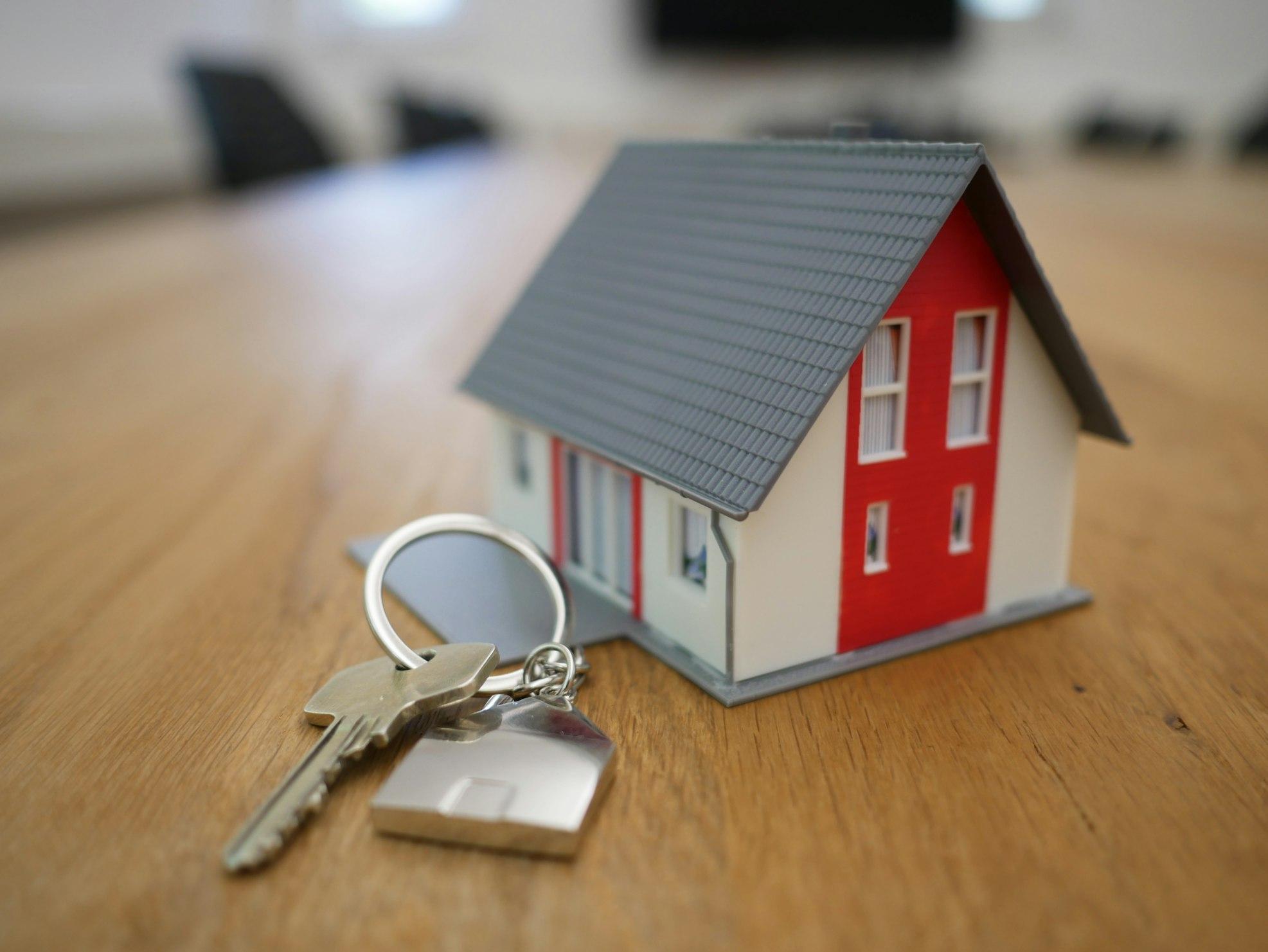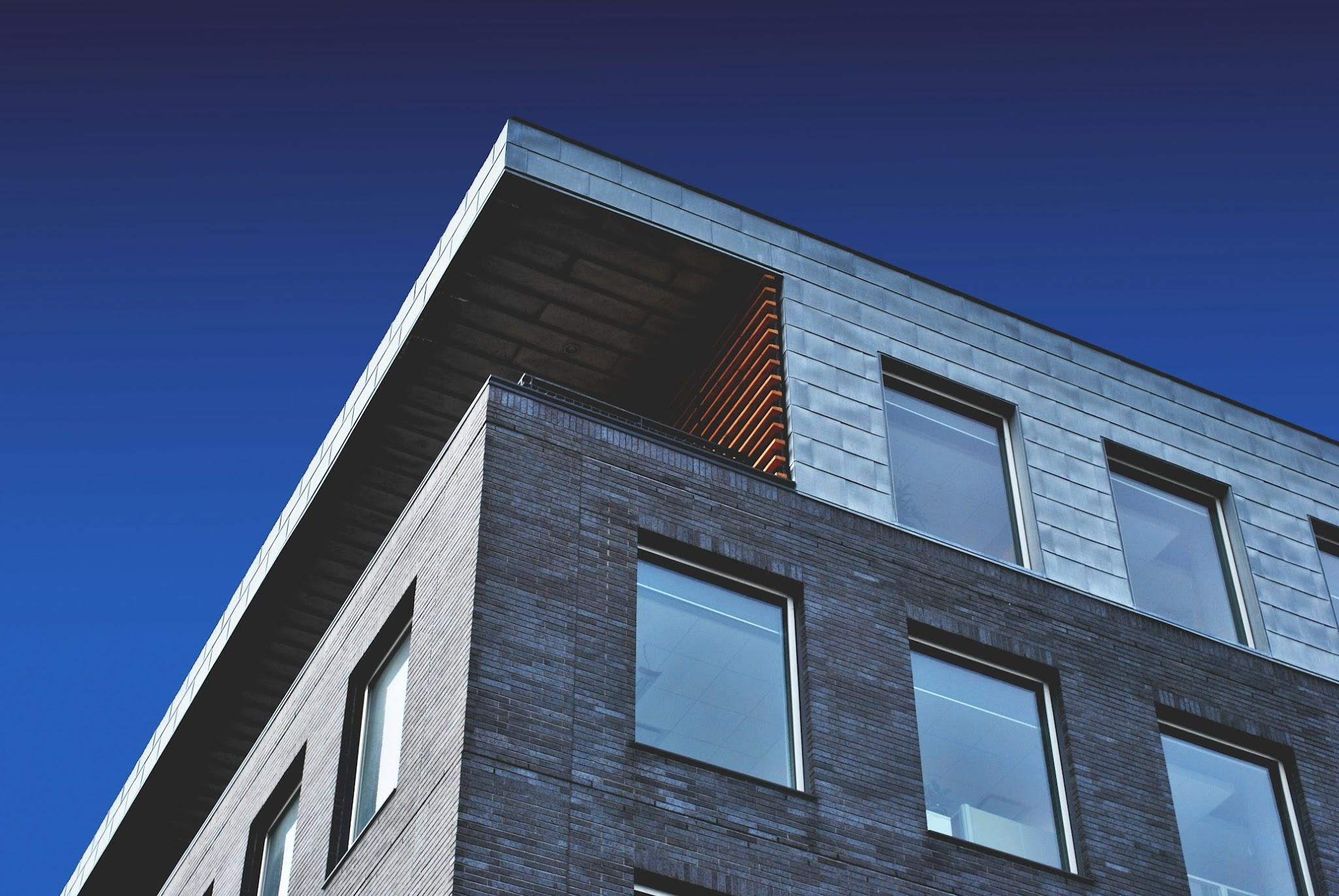Ensuring safety in a rental property is not just a legal obligation but also a moral responsibility for landlords. Creating a safe living environment not only protects tenants from harm but also enhances the property's value and reputation. From basic maintenance to implementing modern security measures, landlords have several crucial steps to take to ensure the safety and well-being of their tenants.
Having a Lawyer
Having a lawyer dedicated to managing the legal aspects of your rental property is crucial for ensuring comprehensive safety and compliance. A knowledgeable law firm can navigate complex landlord-tenant laws, ensuring that your property meets all regulatory requirements and safety standards. They play a pivotal role in drafting and reviewing lease agreements that outline tenant responsibilities regarding safety measures such as smoke detectors, security deposits, and maintenance obligations. In cases of disputes or legal issues related to property safety, a lawyer provides invaluable expertise in resolving conflicts, handling eviction proceedings if necessary, and representing your interests in court.
Additionally, legal professionals stay updated on evolving laws and regulations, proactively advising landlords on necessary adjustments to ensure ongoing compliance and mitigate potential liabilities. By partnering with a lawyer specializing in rental property law, landlords can effectively safeguard their investments, prioritize tenant safety, and maintain a professional and legally sound rental operation that fosters trust and satisfaction among tenants.
Conduct Regular Safety Inspections
Conducting regular safety inspections forms the bedrock of ensuring a secure rental property environment. These inspections encompass crucial safety components such as smoke detectors, carbon monoxide alarms, fire extinguishers, and accessible emergency exits. Additionally, thorough assessments of electrical systems, plumbing fixtures, and overall structural integrity are imperative to preempt potential hazards like electrical fires, water leaks, or structural collapses.
Establishing a systematic inspection schedule enables landlords to proactively identify safety deficiencies and promptly address them, thereby ensuring compliance with safety regulations and bolstering tenant protection. Documenting inspection findings is equally vital, as it provides a documented record of compliance efforts and facilitates swift remediation of identified issues. By prioritizing regular safety inspections, landlords demonstrate their commitment to maintaining a safe living environment, enhancing tenant trust, and safeguarding the long-term integrity and appeal of their rental property.
Educate Tenants on Safety Procedures
Educating tenants on safety procedures and emergency protocols is crucial for proactive risk management. Provide tenants with a comprehensive guide that includes information on fire evacuation routes, emergency contacts, and procedures for reporting maintenance issues or security concerns. Conduct regular meetings or communications to review safety protocols and address any questions or concerns raised by tenants. Encourage tenants to report suspicious activities promptly and emphasize the importance of maintaining security measures such as locking doors and windows at all times.
Install and Maintain Security Measures
Installing and maintaining security measures is crucial to safeguarding tenants and deterring criminal activities within rental properties. Essential security measures include installing robust door and window locks, ensuring adequate outdoor lighting, and, where necessary, implementing security cameras or alarm systems based on the property's location and crime rates. It's essential for landlords to regularly inspect and maintain all security devices to ensure they are functioning correctly and provide tenants with clear instructions on their effective use. Furthermore, enhancing security features such as motion-sensor lights and secure entry systems can further bolster tenant safety and provide additional layers of protection against potential threats.
By prioritizing the installation and upkeep of these security measures, landlords not only fulfill their duty of care but also foster a secure environment that enhances tenant peace of mind and overall satisfaction. Proactive security measures not only mitigate risks but also contribute to the property's appeal and value, positioning it as a safe and desirable place for tenants to call home.
Provide Adequate Lighting and Visibility
Proper lighting is essential for tenant safety, both indoors and outdoors, as it plays a critical role in accident prevention and security enhancement. Adequate lighting significantly reduces the risk of slips, trips, and falls by ensuring clear visibility in common areas, stairwells, parking lots, and entry points. Well-lit pathways and entrances not only discourage intruders but also create a welcoming atmosphere that enhances tenant comfort and promotes a sense of security. Landlords should prioritize regular inspections of lighting fixtures and promptly replace bulbs as needed to maintain optimal illumination levels. Energy-efficient lighting options, such as LED bulbs and motion-sensor lights, are cost-effective solutions that provide sufficient brightness while minimizing utility expenses.
By investing in proper lighting, landlords demonstrate a commitment to tenant safety and satisfaction, contributing to the overall appeal and attractiveness of the rental property. A well-lit environment not only meets safety standards but also enhances the property's aesthetic value, fostering a positive living experience for tenants and potentially reducing vacancy rates through increased tenant retention.
Respond Promptly to Maintenance Requests
Promptly responding to maintenance requests is not only a matter of tenant satisfaction but also crucial for maintaining a safe living environment. Encourage tenants to report maintenance issues promptly, such as malfunctioning appliances, plumbing leaks, or structural damages. Implement a systematic process for receiving and addressing maintenance requests, ensuring that all reported issues are evaluated and resolved promptly. Regularly scheduled maintenance checks can help identify potential problems early on and prevent them from escalating into safety hazards.

Ensuring safety in your rental property requires proactive planning, regular maintenance, and clear communication with tenants. By following these six crucial steps—conducting regular safety inspections, installing security measures, providing adequate lighting, educating tenants on safety procedures, addressing environmental hazards, and responding promptly to maintenance requests—landlords can create a secure and comfortable living environment for their tenants. Prioritizing safety not only meets legal obligations but also enhances the property's appeal, reduces risks, and fosters long-term tenant satisfaction and loyalty. Investing in safety measures today can yield significant returns in terms of tenant retention, property value, and peace of mind.










